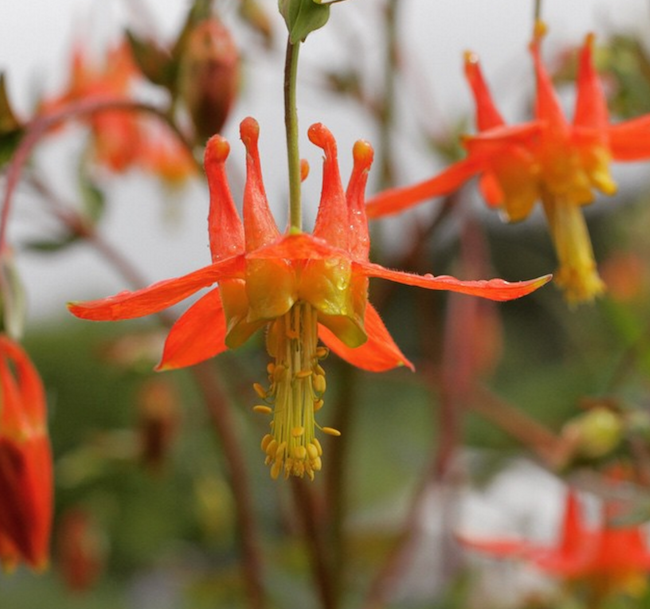
04 Dec Supportive Options for Osteoarthritis
Research reveals that glucosamine and chondroitin are both slow-acting. While you may begin experiencing the beneficial effects of this synergistic combination in six months, it could take up to two years to see changes in imaging studies like X-rays and MRIs.
In the latest study to examine the combination, 605 patients with chronic knee pain and evidence of osteoarthritis took glucosamine sulfate 1,500 mg, chondroitin sulfate 800 mg, both supplements, or placebo once daily for two years. All patients experienced less pain, but only those who took both supplements experienced significantly less deterioration of the knee joint as noted with X-rays.
Another recent study in patients with knee osteoarthritis used MRI imaging to show that the combination prevented the loss of cartilage over a two-year period.
Avocado’s ability to enhance carotenoid absorption, along with its own amazing carotenoid diversity, is a key factor in its powerful anti-inflammatory and antioxidant properties. Lutein and zeaxanthin, the primary carotenoids in avocados, are associated with a decreased risk of joint cartilage defects—early indicators of osteoarthritis.
The health benefits of avocado to your inflammatory system and joints come not only from its carotenoids but also its phytosterols. As mentioned above, avocados are rich in natural phytosterols, especially beta-sitosterol. Phytosterols are fatty, waxy substances similar to cholesterol. They are best known for their ability to lower LDL cholesterol levels by inhibiting cholesterol absorption from the intestines. But they are also considered anti-inflammatory compounds with both antioxidant and pain-relieving properties. You can also use curcumin (turmeric), it’s best absorbed if taken with a pinch of black pepper and some fat. Other anti-inflammatory herbs to help with pain management include: Boswellia
Ayurvedic Nutrition is prescribed according to one’s body type and pathology. In general, nightshade family plants, Rutaceae family (citrus), dairy products, red meat, caffeine, sugar and alcohol are avoided. Try and emphasize light digestible hypoallergenic foods, consume more vegetables, fruits, nuts, and grains like rice, amaranth, quinoa, millet and buckwheat.
Exercise: Studies show that by simply walking more, patients with knee osteoarthritis can gain significant benefits and avoid physical function limitations. The more that people with knee osteoarthritis walk, the smaller the chance for developing future problems with daily physical functioning. Even an increase as small as 1,000 steps per day reduces the chance for developing problems, but you’ll get the most benefit by taking at least 6,000 steps a day. That’s equivalent to about three miles, or one hour, of walking.

